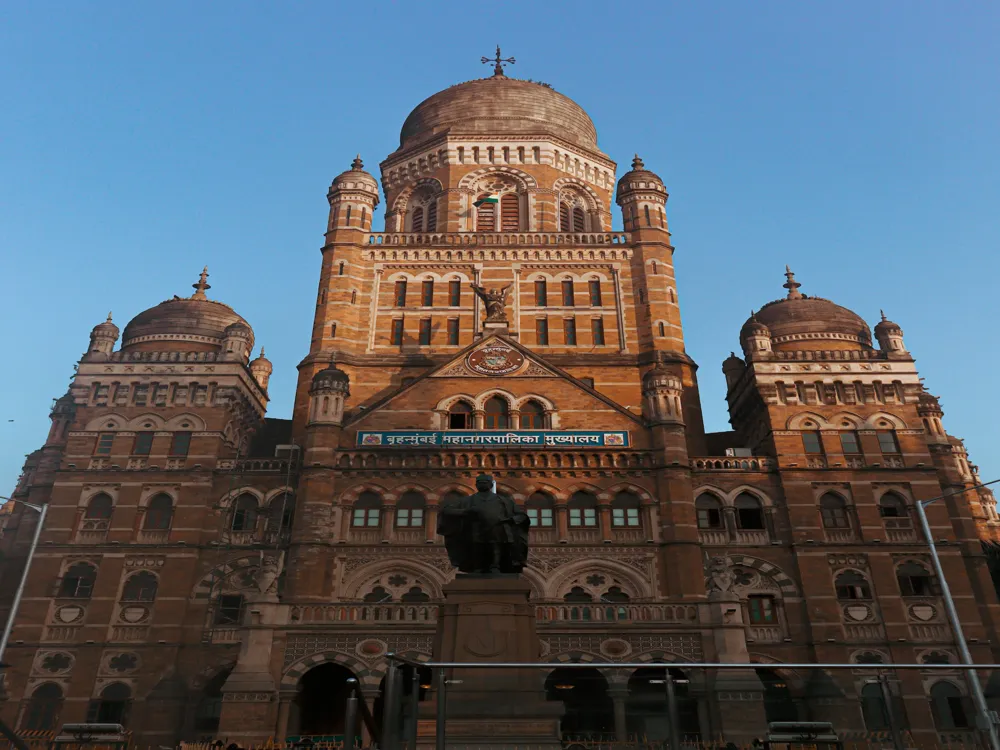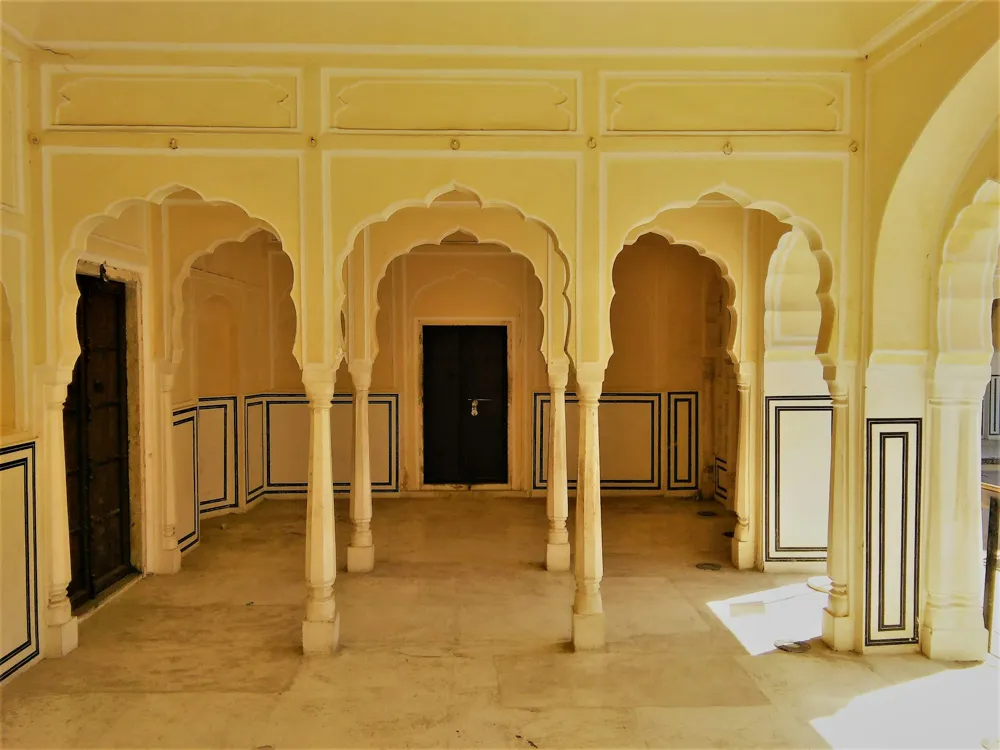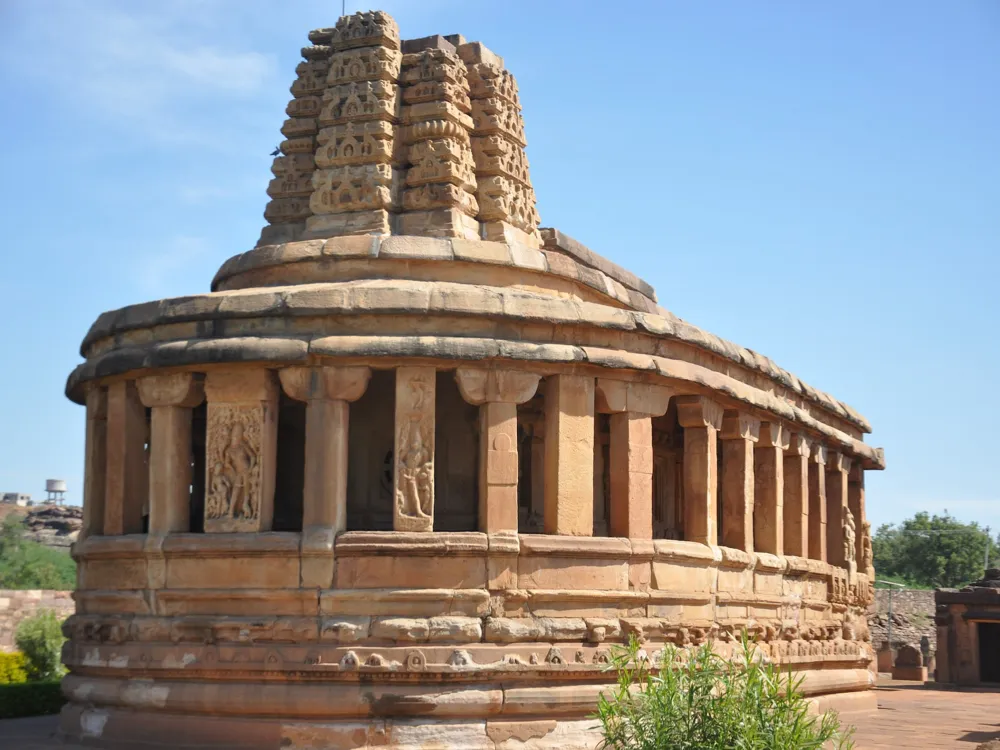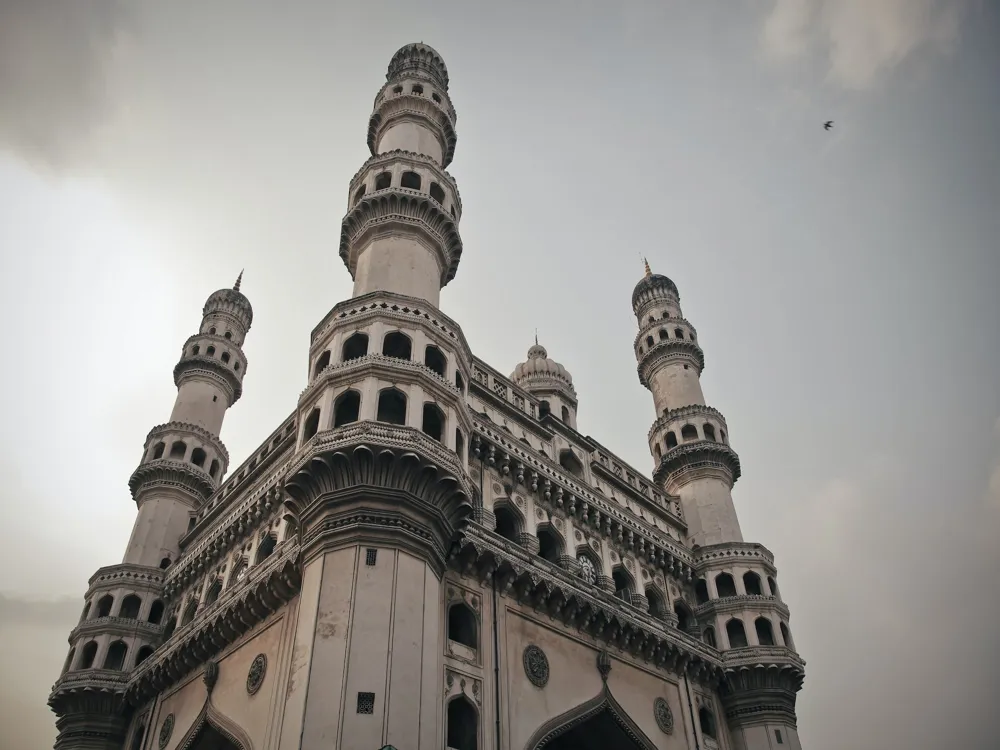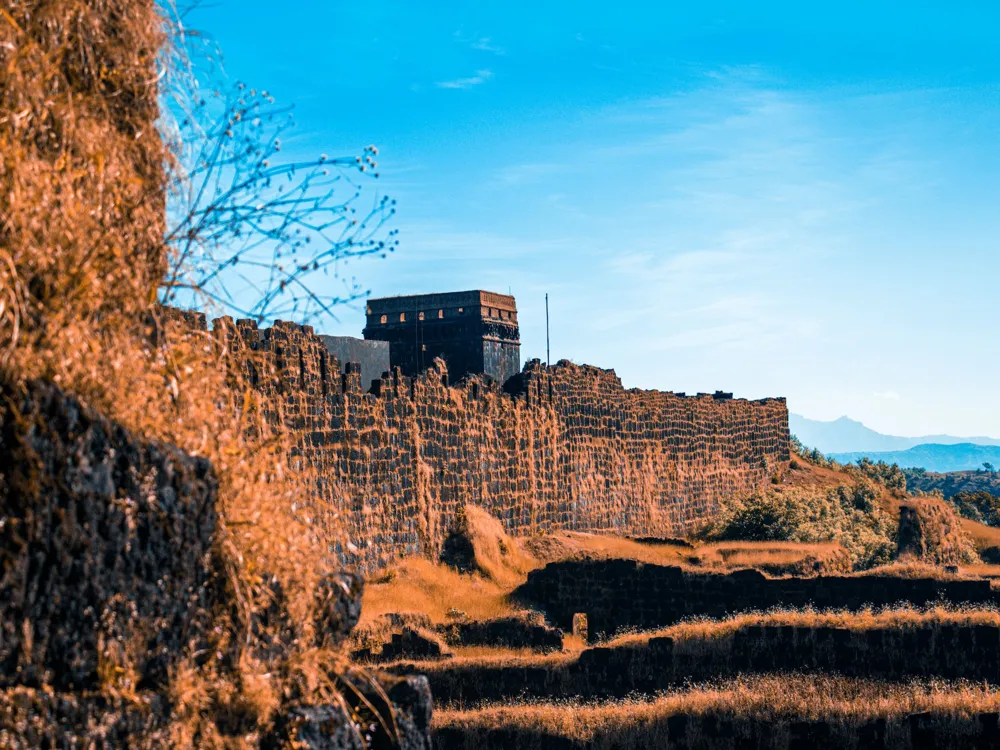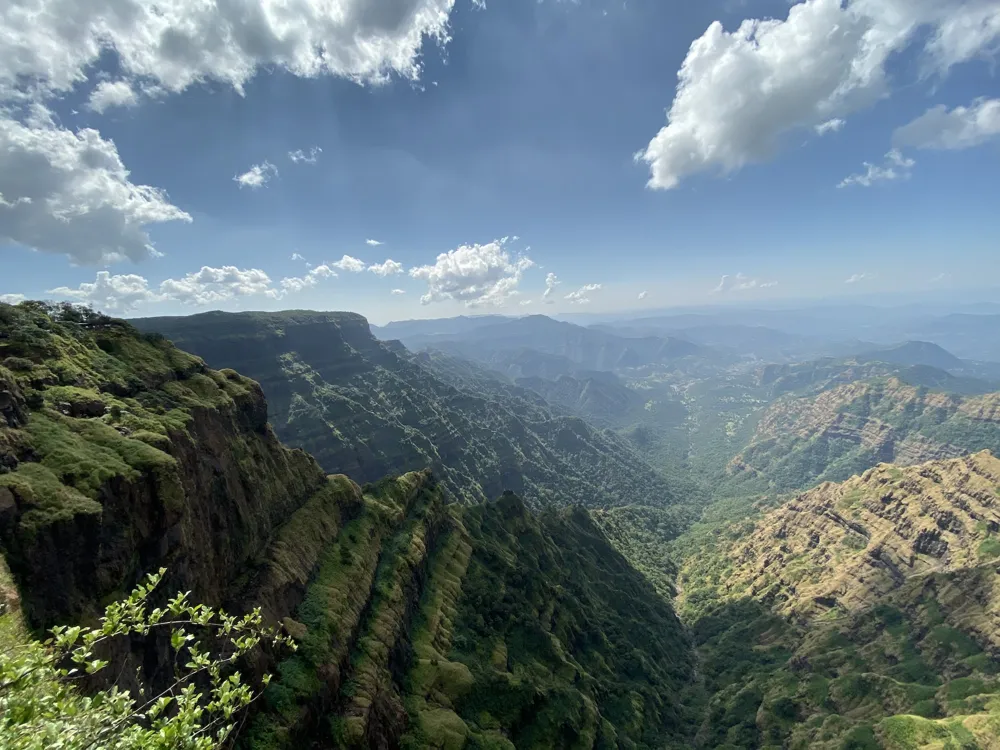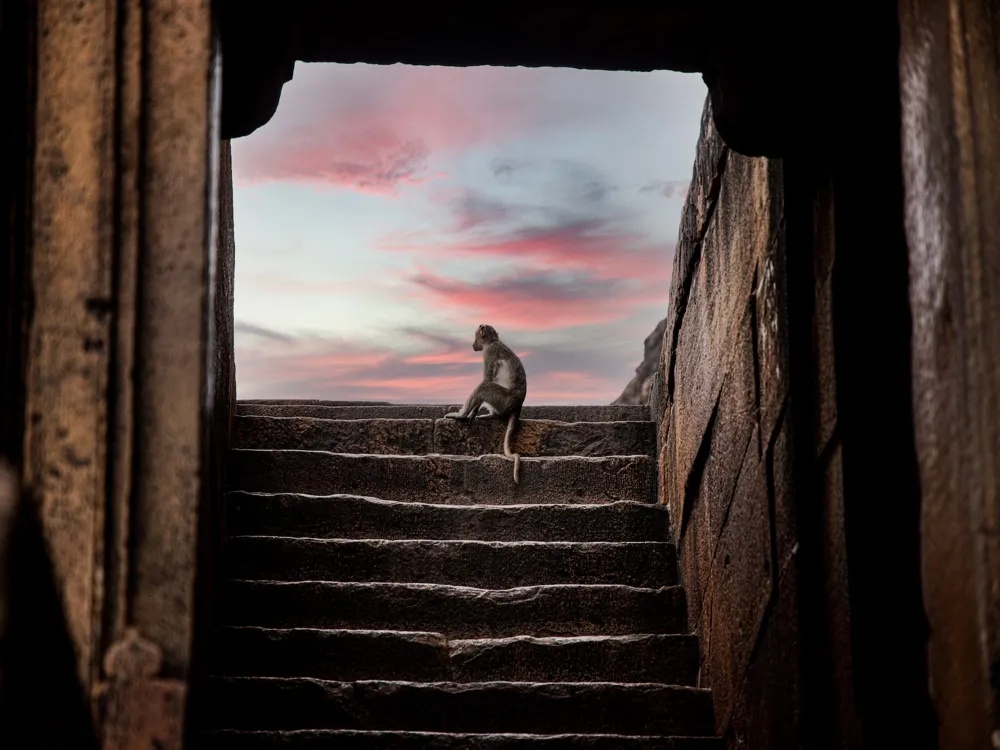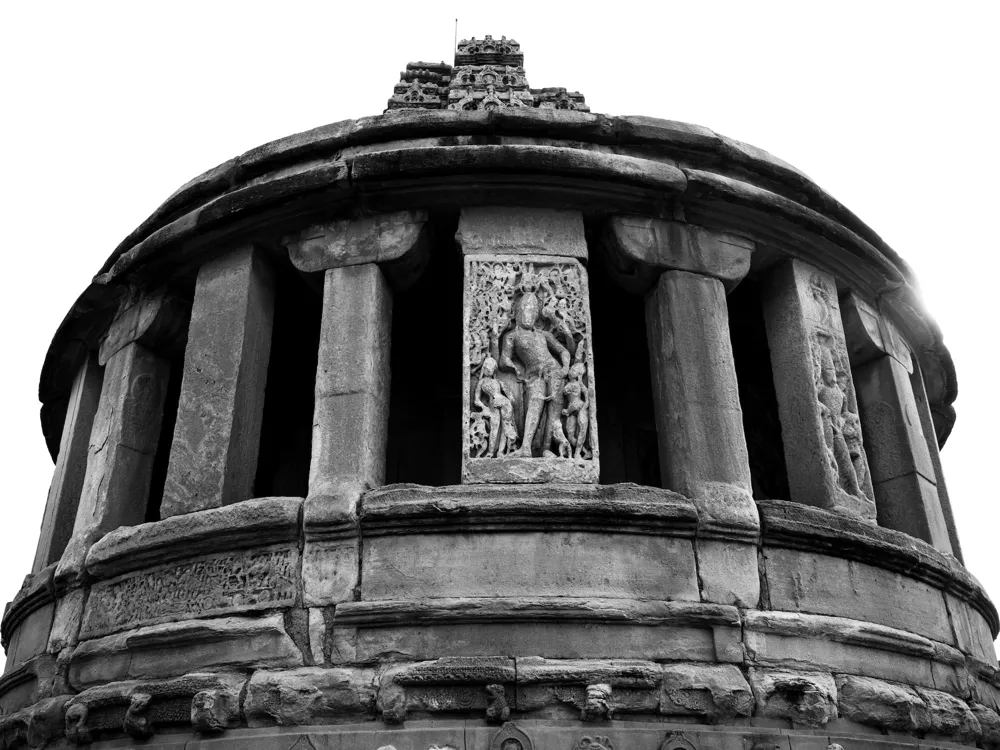The Sangeeth Nari Mahal, located in Bijapur, Karnataka, stands as a testament to the rich cultural and architectural heritage of the region. This historical edifice, also known as the 'Palace of the Dancing Girls', was built during the rule of the Adil Shahi dynasty, which is renowned for its unique contribution to the Deccan architecture. The palace, with its intriguing history, has been a focal point of attraction for historians, architects, and tourists alike. Initially designed as a royal abode for the entertainment of the king and his guests, the Sangeeth Nari Mahal was home to talented dancers and musicians. The structure of the palace reflects the luxurious lifestyle of the Adil Shahi rulers and their patronage of the arts. Over the years, the Mahal has endured the test of time, maintaining much of its original grandeur and continuing to fascinate visitors with its historical significance and architectural beauty. The Sangeeth Nari Mahal is a splendid example of Indo-Islamic architecture, which is a fusion of Persian, Ottoman, and Indian architectural styles. The Mahal's layout and design showcase the innovative engineering and artistic skills of the era. The central courtyard, surrounded by high arches and a series of interconnected rooms, formed the heart of the palace. This courtyard was the primary performance area where the dancers and musicians showcased their art. One of the most striking features of the Mahal is its acoustics. The architects ingeniously designed the sound dynamics to amplify the performances, allowing music and dance to resonate throughout the palace. Intricate jali work (carved stone lattices) not only adds to the aesthetic appeal but also facilitates natural light and ventilation, creating a pleasant environment inside the palace. The use of locally sourced materials, such as sandstone and lime plaster, in the construction, further highlights the regional architectural practices of the time. The ideal time to visit Sangeeth Nari Mahal is between October and March, when the weather in Bijapur is pleasant, making it conducive for exploring the palace and its surroundings. Opting for a guided tour can enhance your experience, as knowledgeable guides provide fascinating insights into the palace's history and architecture. Visitors are advised to dress modestly and respect the local customs and traditions while visiting this historical site. Photography is usually allowed, but it's best to check for any restrictions and always be respectful of the site and other visitors. Reaching Sangeeth Nari Mahal in Bijapur is quite convenient. The city is well-connected by road, rail, and air. The nearest airport is the Belgaum Airport, located about 205 km away. Bijapur also has its own railway station, which is well connected to major cities in India. For those preferring to travel by road, Bijapur is accessible via national and state highways from various parts of Karnataka and neighboring states. Once in Bijapur, local transportation such as auto-rickshaws and taxis are readily available to take you to Sangeeth Nari Mahal. Read More:Overview of Sangeeth Nari Mahal, Bijapur, Karnataka
Architecture of Sangeeth Nari Mahal
Tips When Visiting Sangeeth Nari Mahal
Best Time to Visit
Guided Tours
Cultural Etiquette
Photography
How To Reach Sangeeth Nari Mahal
Sangeeth Nari Mahal
Bijapur
Karnataka
NaN onwards
View bijapur Packages
Weather :
Tags : Forts & Palaces
Time Required : 1 hr
Planning a Trip? Ask Your Question
Bijapur Travel Packages
View All Packages For Bijapur
Top Hotel Collections for Bijapur

Private Pool

Luxury Hotels

5-Star Hotels

Pet Friendly
Top Hotels Near Bijapur
Other Top Ranking Places In Bijapur
View All Places To Visit In bijapur
View bijapur Packages
Weather :
Tags : Forts & Palaces
Time Required : 1 hr
Planning a Trip? Ask Your Question
Bijapur Travel Packages
View All Packages For Bijapur
Top Hotel Collections for Bijapur

Private Pool

Luxury Hotels

5-Star Hotels

Pet Friendly








